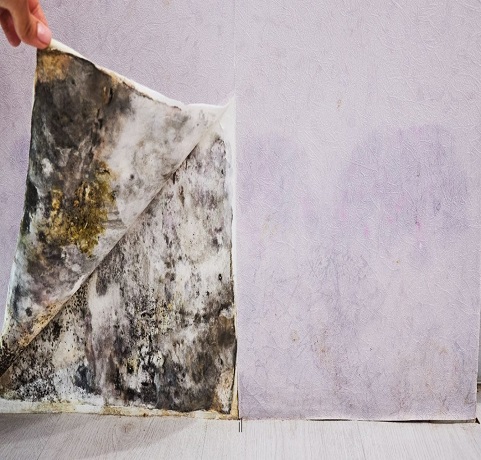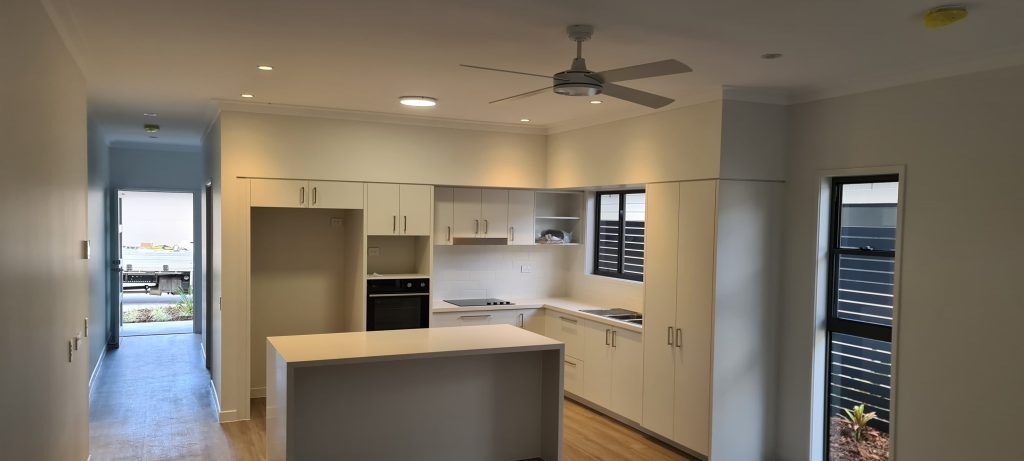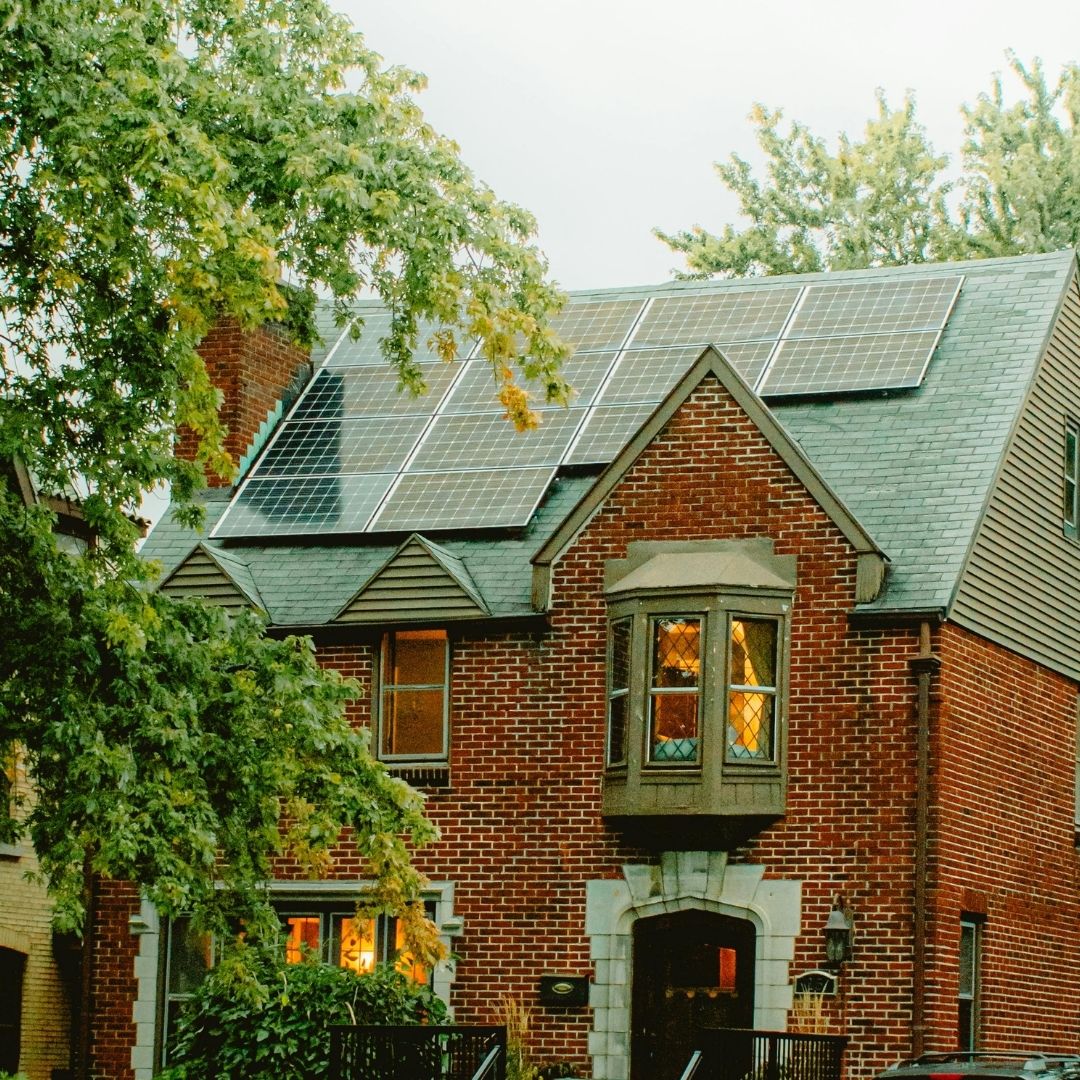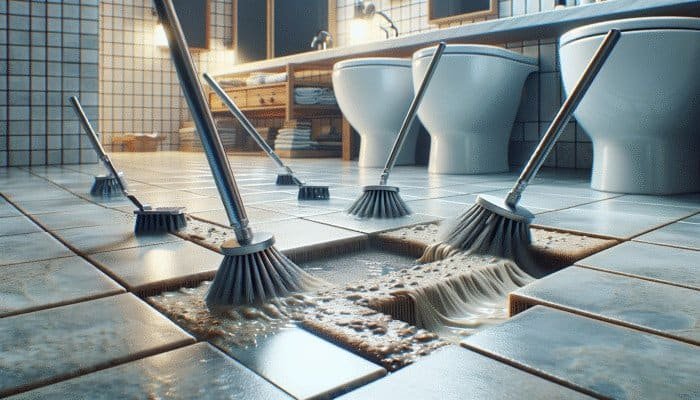Mould is infamous for its rapid spread within residential areas, particularly following instances of water damage. This issue is especially concerning in homes characterized by high humidity, poor ventilation, and limited sunlight exposure. For many families in Australia, mould can evolve into a major problem. If not dealt with promptly, it can lead to extensive repairs as well as significant health risks for residents. By learning to identify the early signs of mould growth, homeowners can take proactive steps to alleviate these dangers before they worsen. Safeguarding your living environment from mould is crucial for ensuring a safe and healthy haven for you and your loved ones.
Mould is more than just a visual eyesore; it poses serious health risks that can impact everyone living under one roof, particularly those with existing respiratory issues. The swift proliferation of mould occurs when moisture is present, making it essential to recognize this threat early on. By understanding the speed at which mould can develop, homeowners can implement effective preventive strategies against possible water damage and its related complications. This proactive approach contributes to creating a healthier and safer living environment for all household members.
This article aims to equip you with vital insights into the rapid growth of mould following any form of water-related incidents. We will delve into the underlying causes of this phenomenon and outline essential steps to take if you find yourself in this challenging situation. Join us as we explore the swift development of mould and the proactive measures you can adopt to effectively tackle it!

Proactive Steps for Identifying Mould Infestation in Your Home
Mould is a type of fungus that can easily establish itself in your home if appropriate preventative measures are not enacted. Often, it manifests as a slimy, unpleasant growth in various shades of green or black. These fungi thrive in damp environments, making areas that have experienced water damage or those with elevated humidity particularly susceptible to mould infestations. Early identification of these conditions is crucial for effective remediation and for maintaining a healthy living space.
Several clear indicators can point to the presence of mould in your home.
- A musty odour is one of the most common signs of mould presence, suggesting that it may be growing in concealed areas and requiring immediate attention!
- Another significant warning sign is noticeable discolouration on walls or flooring. Mould often exhibits irregular patterns and may appear darker than surrounding surfaces, indicating the need for a thorough investigation.
- Be on the lookout for any warping or bubbling of paint or wallpaper, as this can signal underlying water damage and the potential for mould growth.
If you notice any of these warning signs, it is vital to seek professional assistance without delay. Experts can conduct a comprehensive assessment of the situation and provide guidance on effectively managing any existing mould. Remember, taking swift action makes it easier and more cost-effective to control mould growth rather than waiting for it to become entrenched in your home.
Understanding Types of Water Damage That Foster Mould Growth
While mould presents a substantial concern for homeowners, comprehending its root causes is essential for effective prevention. By identifying the various sources of water damage that contribute to mould proliferation, you can better safeguard your living environment and maintain a healthy atmosphere for yourself and your family.
Multiple factors contribute to mould growth following any form of water damage. Even minor leaks can create ideal conditions for mould spores to flourish and multiply. Areas that lack adequate airflow or ventilation are at heightened risk, as stagnant air can trap moisture. Furthermore, damp spaces such as crawl spaces or roof cavities with elevated humidity levels are particularly vulnerable to mould infestations, making regular inspections crucial for early detection.
The encouraging news is that you can implement simple yet effective measures to avert serious mould problems. Regularly inspecting your home for signs of moisture or water damage and maintaining low humidity levels can drastically reduce the risk of mould growth. Don’t procrastinate in addressing these issues—take proactive steps now to protect your family's health and ensure peace of mind in your home.
Key Conditions That Lead to Rapid Mould Proliferation
Having established that water damage and specific environmental conditions can catalyze mould growth, it is essential to grasp how quickly this process can unfold.
Under optimal conditions, mould can proliferate at an alarming rate. In fact, mould spores can colonize a damp surface within a mere 24 to 48 hours! This rapid growth can have dire implications for both your health and your property, underscoring the importance of prompt action.
What specific conditions contribute to this swift mould proliferation? Mould requires several key elements to thrive, including:
- Moisture: Mould thrives in damp environments; thus, high humidity levels or wet surfaces create ideal conditions for its growth.
- Temperature: Most mould species flourish in warm temperatures, usually between 16 °C and 27 °C, although some can even grow at lower temperatures.
- Nutrients: Mould relies on organic materials to survive—these can include wood, paper, drywall, and textiles commonly found in homes.
- Darkness: Mould can thrive in dark areas and does not require sunlight for growth, making poorly lit spaces particularly susceptible.
- Airflow: Insufficient ventilation can elevate moisture levels, creating an environment that fosters mould growth.
- Time: Given the right conditions, mould can grow and spread rapidly, emphasizing the necessity of vigilance.
To effectively stave off mould growth, it is crucial to monitor and control moisture levels within your home, ensure proper ventilation, and seek the expertise of skilled technicians to swiftly address any instances of water damage or leaks.
Proven Strategies for Mould Remediation and Prevention
Now that we comprehend the risks associated with mould growth, let’s discuss effective methods for addressing and preventing it. The first critical step is to identify and remediate any water damage as thoroughly as possible. This includes repairing leaky pipes, ensuring that your gutters are functioning correctly, and investigating any other potential sources of hidden moisture.
Once you’ve addressed these immediate concerns, consider investing in a whirlybird ventilation system or an air conditioning unit to maintain low humidity levels and deter future mould growth. These proactive measures can save you from costly repairs in the long run.
Additionally, remain vigilant in monitoring your home in the weeks following remediation. If you observe any early warning signs of mould re-emerging, do not hesitate to consult a professional for advice. The sooner you address potential issues, the better! Ultimately, preventing mould from developing in the first place is far more effective than coping with its consequences.

Advantages of Hiring Professional Mould Inspection and Testing Services
If you are uncertain about the status of mould in your home, seeking professional assistance can provide invaluable peace of mind. Experts equipped with specialized knowledge and tools can quickly identify hidden mould growth, allowing you to address potential problems before they escalate into significant issues that could jeopardize your health.
If mould has already established itself, there’s no need to panic—professional remediation services are available to help eliminate existing mould colonies. These qualified experts utilize industrial-strength cleaners and advanced techniques to ensure your home is safe again, alleviating concerns about long-term damage and health risks. Many companies even offer free estimates for their services, enabling you to avoid unexpected costs and feel confident in your decisions.
If you suspect mould lurking in your home, do not hesitate to seek professional help. Prompt action could save you money and create a healthier, stress-free environment for you and your family!
Expert Mould Remediation Services Offered by The Mould Removers
If you are grappling with a mould issue, it’s crucial not to resort to DIY methods. Instead, reach out to the skilled mould removal professionals at The Mould Removers. Their expertise in mould remediation ensures not only effective removal but also your safety throughout the entire process.
With their extensive knowledge and experience in mould removal services, you can rest assured that harmful mould colonies will not return anytime soon. Don’t hesitate—call now to address your mould concerns and reclaim the comfort and safety of your home!
The Article: Mould Growth Speed After Water Damage: What to Know first appeared on https://writebuff.com.
The Article Mould Growth Speed: Key Insights After Water Damage Was Found On https://limitsofstrategy.com
The Article Mould Growth Speed: Insights Following Water Damage First Appeared ON
: https://ad4sc.com















Danna Chavez
I’ve had my fair share of mould battles after a few leaks over the years, so I totally get the stress that comes with it. It’s wild how fast it can spread, especially in warmer climates where humidity is a constant challenge. I’ve found that regular checks in hidden spots like behind furniture or under sinks can make a big difference in catching it early.